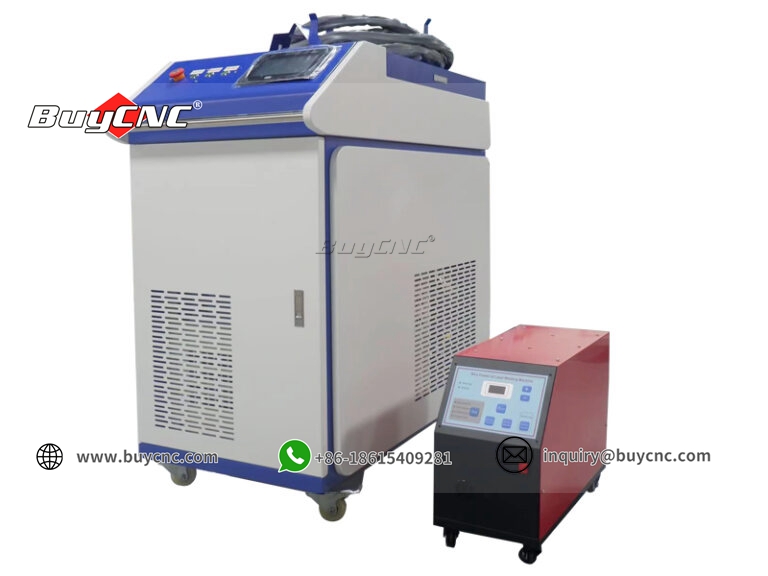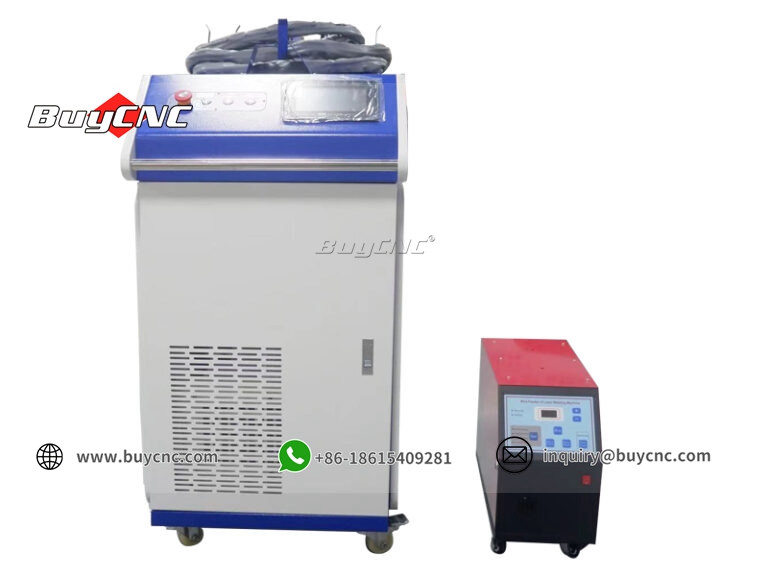Table of Contents
As an indispensable welding equipment in modern industry, the design and performance of handheld laser welders are crucial to users. Among them, weight and size are key factors affecting the comfort and efficiency of hand-held operation. An in-depth discussion of these two factors will help us more fully understand the operating experience of the handheld laser welder and provide a reference for users to choose more suitable equipment.

Handheld laser welder weight
First, let’s talk about the weight of the handheld laser welder . An ideal handheld laser welder should be lightweight. The lightweight design not only means it is lighter to carry and move, but more importantly, it can reduce the burden on the operator during long-term operation. Excessive welding will cause arm and wrist fatigue, thereby affecting the stability and accuracy of the operation. Therefore, when designing handheld laser welders, manufacturers should focus on using high-strength lightweight materials and optimizing the structural layout to reduce the overall weight.
At the same time, we also need to pay attention to the weight distribution of the handheld laser welder . Reasonable weight distribution can make the welding machine more stable when held in hand and reduce shaking and jitter. For example, you can make the welding machine more stable and reliable during operation by adding a counterweight to the bottom or optimizing the handle design.
Dimensions of handheld laser welder
Next, we discuss the dimensions of handheld laser welders. The size directly affects the operator’s flexibility and convenience during operation. If the welding machine is too large or too long, it will limit the operator’s ability to operate in small spaces or complex environments. On the contrary, if the size is too small, it may affect the welding effect and stability. Therefore, when designing a handheld laser welder , manufacturers should fully consider the usage scenarios and needs of different users and design moderate sizes to meet the needs of various welding tasks.
Ergonomic design of handheld laser welder
In addition, we should also pay attention to the ergonomic design of the handheld laser welder . An excellent handheld laser welder should comply with ergonomic principles, allowing the operator to maintain a comfortable and natural posture when using it. For example, the design of the handle should conform to the holding habits of the human palm, and the layout of buttons and switches should be convenient for the operator to reach and operate. These ergonomic designs can reduce operator fatigue during long-term operations and improve operating efficiency.
Other designs for handheld laser welders
Finally, we should also note that the weight and size of a handheld laser welder are not isolated factors, they are closely related to other performance parameters and features. For example, in order to achieve more efficient welding results, the welding machine may need to be equipped with more power and current, which may increase the weight of the equipment. Therefore, when designing and selecting a handheld laser welder , we need to consider various factors to achieve the best balance.

In summary, the weight and size of a handheld laser welder have a profound impact on its suitability for handheld operation. By deeply exploring these two factors, we can better understand the operating experience of handheld laser welders and provide users with a reference for choosing more suitable equipment. At the same time, manufacturers should also focus on optimization and innovation in these aspects to provide handheld laser welder products that better meet user needs.